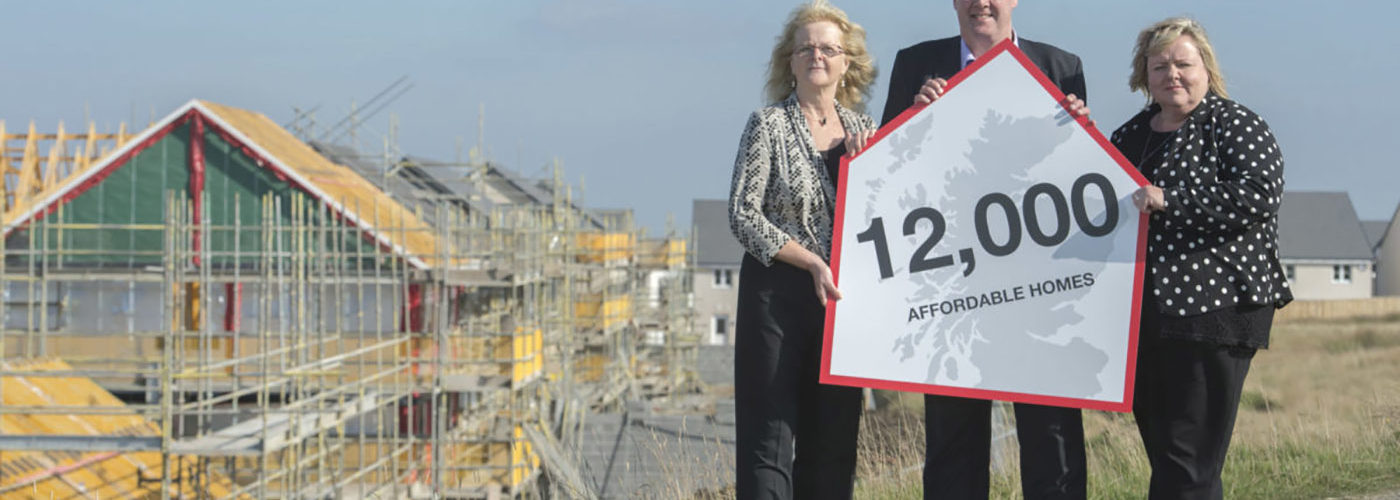For decades housing campaigners, including Shelter Scotland, have insisted that a significant increase in the supply of affordable homes was critical to tackling the housing crisis in Scotland.
Of course, more homes alone won’t solve all the problems but, on the other hand, it is hard to see any real improvement without more affordable and social rented homes providing a platform for all the other good work to take place.
So, in 2015, Shelter Scotland, along with the Scottish Federation of Housing Associations and the Chartered Institute of Housing in Scotland, commissioned a landmark report which set out the need for a housing programme of 12,000 affordable homes over 5 years: 60,000 in total.
The Scottish Government, following its re-election in 2016, committed to building 50,000 affordable homes over the lifetime of the current parliament (2016-2021), with at least 35,000 of them to be for social rent. While a little short of the estimated need, a programme of this size is the largest of its kind in Scotland since the 1970s.
That is the easy bit, however. How many worthy targets – in health, education, transport, energy and almost every policy area – have been set with good intentions but then hit the sands? So, in setting such an ambitious target the Scottish Government will have been well aware that delivery is what counts and that delivery depends on dozens of organisations – councils, housing associations and others – pulling in the same direction.
That is why we are so encouraged that our latest report published today, drawing on councils’ own information on housing programmes, shows that the 50,000 target is within reach, with estimates for affordable housing delivery ranging from 45,387 to 49,773.
For the first time in almost four decades the total stock of socially-rented homes in Scotland is projected to rise in significant numbers, by up to 25,000 in total, reversing what seemed like an inexorable decline over recent years. The big challenge ahead is converting those numbers into the homes which people need, where they need them. For people in cramped, damp, temporary, insecure, poorly-repaired or rip-off living conditions the only thing that matters is whether (and how) those homes are actually built.
From that point of view the report also exposes some rough edges. It is hard to get a detailed handle on what exactly is being produced, for whom and where. For a programme of this size, with billions of pounds being spent, that needs to be improved.
Shelter Scotland regularly hears concerns that a plan with this level of ambition is hard to square with all the other nuances of good housing – placemaking, user-control, locally appropriate design, meeting specific needs and contributing to regeneration, to name only a few. There is definitely some resonance in these observations.
But here’s the crux. The current programme of 50,000 homes isn’t a one-off ‘fix-it and tick-it’ project. It should – and must – be the beginning of a new higher plane for housing policy, with government already planning how the next batch of 50,000 or 60,000 affordable homes, after 2021, is delivered. As part of that, we need to see improvements in tracking and planning tools to make sure that the homes built today will best serve the many thousands of people in Scotland that desperately need an affordable home tomorrow.
For now, let’s reflect on a job that is getting done, that needs redoubled effort to do as well as possible, and a determination to show that if challenging targets on housing are set and backed with required financial support, they can be delivered.


